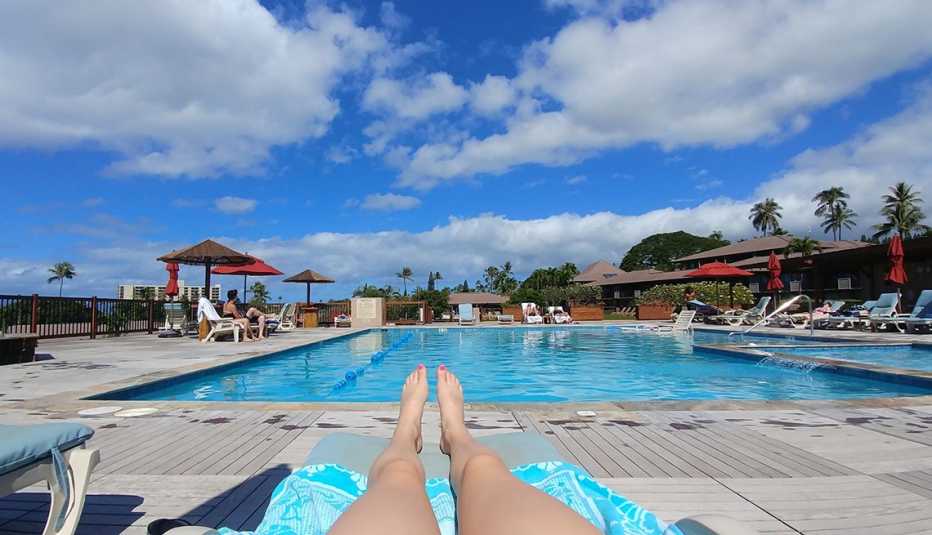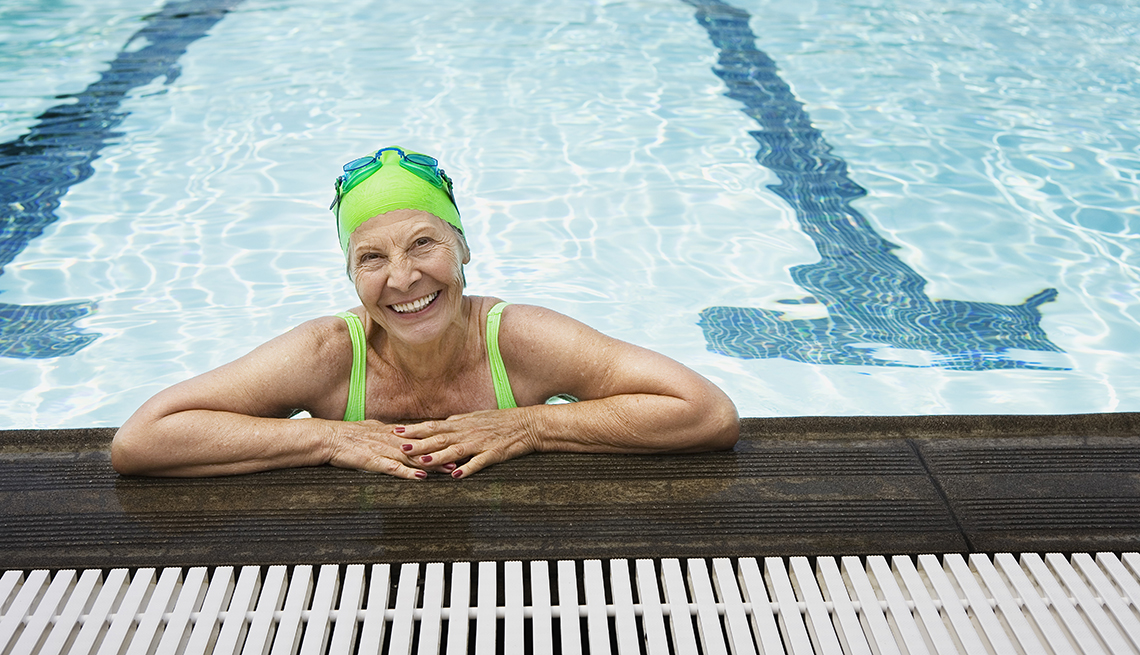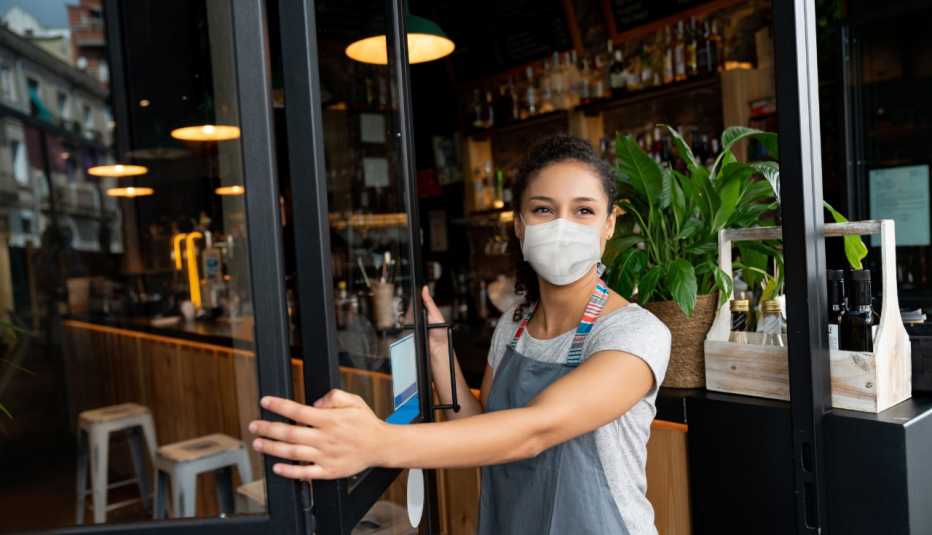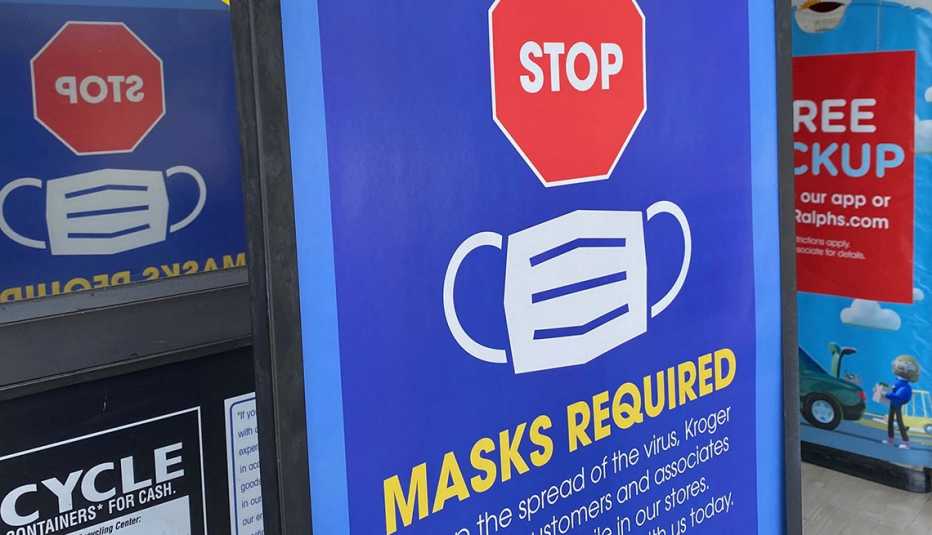Staying Fit
Hair salons, restaurants and retail shops are slowly reopening for business in communities throughout the country. And this summer many pools will join them, contingent on guidance from state and local health authorities. But is it safe to go swimming when the coronavirus is still spreading in the U.S.?
AARP asked two public health experts for their take. Here's what they had to say.


AARP Membership— $12 for your first year when you sign up for Automatic Renewal
Get instant access to members-only products and hundreds of discounts, a free second membership, and a subscription to AARP the Magazine.
Staying 6 feet apart is still the key
The pool itself isn't a safety risk for swimmers, since there is no evidence that the coronavirus can spread to people through water, the Centers for Disease Control and Prevention (CDC) says, especially because most pools contain chlorine or bromine, which kill viruses and bacteria.
"So people can't get COVID-19 [the illness caused by the coronavirus] from swallowing water; they can't get COVID-19 from having the water come around their nose, their lips, their eyes, which are the usual routes of transmission,” explains Boris Lushniak, M.D., dean of the University of Maryland School of Public Health and former acting and deputy U.S. surgeon general.
The biggest safety concern is whether people can maintain a distance of at least 6 feet from one another, both in and out of the pool. This space minimizes the likelihood that respiratory droplets produced when an infected person talks, coughs or sneezes will spread to others.


Physical distancing doesn't end in the water
On land it may be as easy as scooting your chair away from your neighbor. Avoiding others in the water, however, can be trickier. “Certainly as people get in the pool and they pop up for air, they're going to be right next to each other, and that's a potential issue,” says Gonzalo Bearman, M.D., a hospital epidemiologist and chair of the division of infectious diseases at the Virginia Commonwealth University (VCU) Health System.
One potential solution: Pool operators can set limits on the number of people allowed on the premises. They can also rotate swim times, keeping “people in for 10 minutes at a time, then you have to pop out,” Bearman suggests.



































































